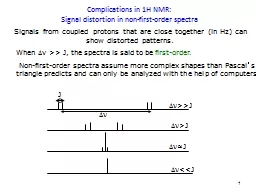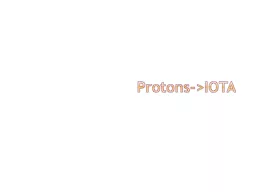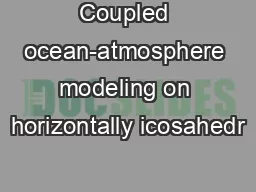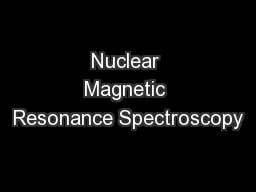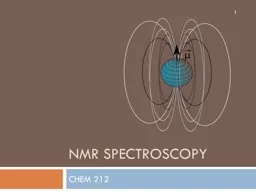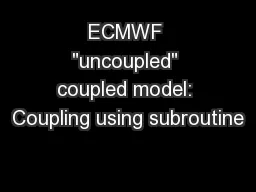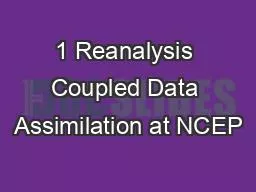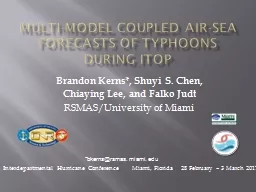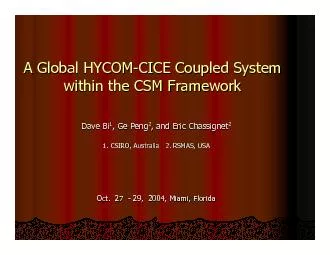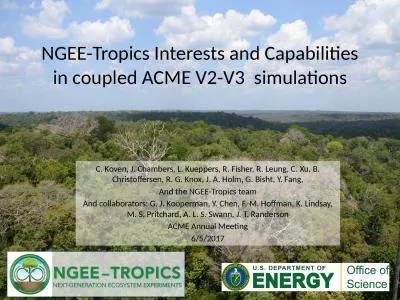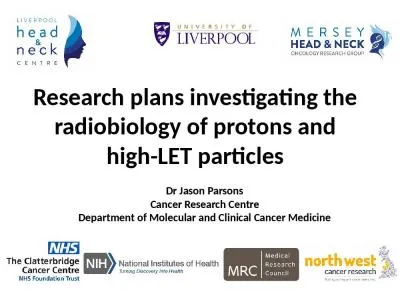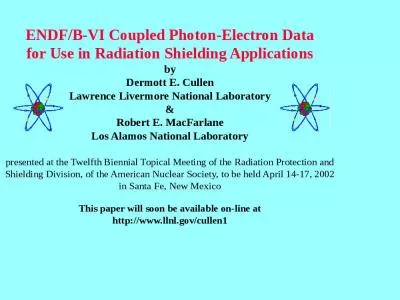PPT-1 Signals from coupled protons that are close together (in
Author : stefany-barnette | Published Date : 2016-07-03
When ν gtgt J the spectra is said to be firstorder Nonfirstorder spectra assume more complex shapes than Pascal s triangle predicts and can only be analyzed
Presentation Embed Code
Download Presentation
Download Presentation The PPT/PDF document "1 Signals from coupled protons that are ..." is the property of its rightful owner. Permission is granted to download and print the materials on this website for personal, non-commercial use only, and to display it on your personal computer provided you do not modify the materials and that you retain all copyright notices contained in the materials. By downloading content from our website, you accept the terms of this agreement.
1 Signals from coupled protons that are close together (in: Transcript
Download Rules Of Document
"1 Signals from coupled protons that are close together (in"The content belongs to its owner. You may download and print it for personal use, without modification, and keep all copyright notices. By downloading, you agree to these terms.
Related Documents

